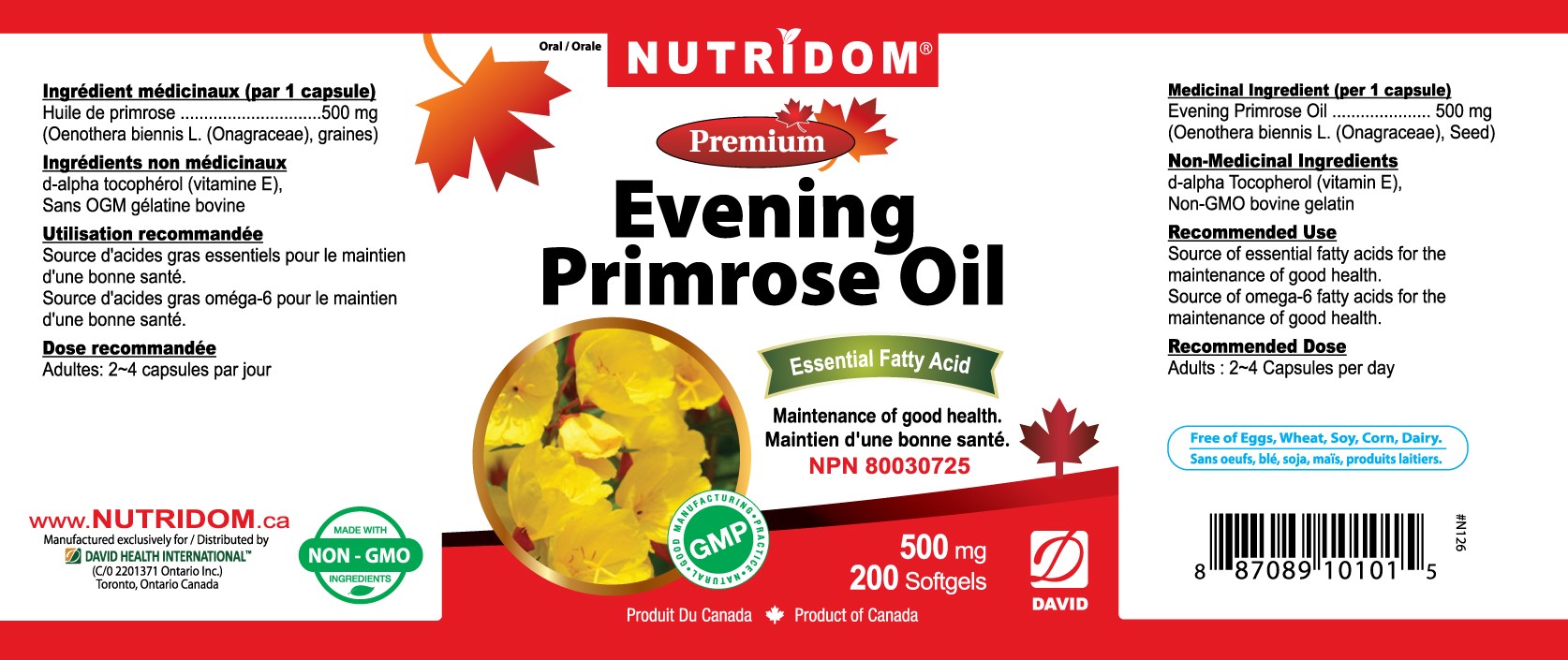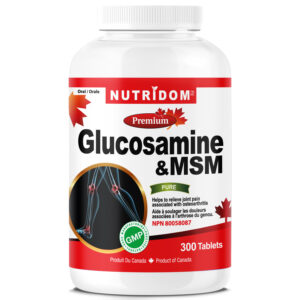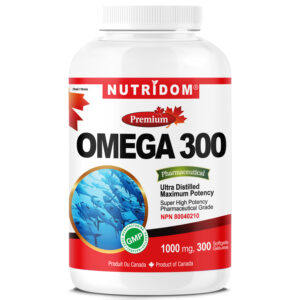Nutridom Evening Primrose Oil 500 mg 200 Softgels
$0.00
– 500mg/200softgels
– Source of essential fatty acids for the maintenance of good health.
– Source of omega-6 fatty acids for the maintenance of good health.
– Source of linoleic acid for the maintenance of good health.
Description
Evening Primrose Oil (EPO) is extracted from the seeds of Oenothera biennis, which is a part of the willow herb family. It has been use by Native Americans for its plethora of therapeutic effects. Modern science has discovered that many of these benefits appear connected to the concentration of GLA found in evening primrose oil.
GLA, a long chain fatty acid, is converted into a number of prostaglandins that influence numerous biological functions, including blood coagulation, hormone production, inflammation, skin moisture, cholesterol levels and more. In clinical studies, GLA has shown benefits for cardiovascular health, arthritis, skin disorder, and premenstrual syndrome.
PRODUCT RESEARCH / SAFETY
Evening primrose oil contains a high concentration of a fatty acid called gla and it is this fatty acid that is largely responsible for the remarkable healing properties of the plant. In fact, evening primrose contains one of the highest concentrations known of this important substance and only a few other plants contain it at all. This makes evening primrose an important medicinal herb, and as studies continue, the list of benefits will likely become much longer.
Evening primrose oil:
- Source of essential fatty acids for the maintenance of good health.
- Source of omega-6 fatty acids for the maintenance of good health.
- Source of linoleic acid for the maintenance of good health.
REFERENCES
- European Pharmacopoeia, 6th Edition. Strasbourg (France): Directorate For The Quality Of Medicines And Healthcare Of The Council Of Europe (Edqm).; 2008
- Iom 2003: Institute Of Medicine. Committee On Food Chemicals Codex, Food And Nutrition Board, Institute Of Medicine. Food Chemicals Codex, 5th Edition. Washington (Dc): National Academies Press; 2003.
- Iom 2006: Institute Of Medicine. Otten Jj, Pitzi Hellwig J, Meyers Ld, Editors. Institute Of Medicine. Dietary Reference Intakes: The Essential Guide To Nutrient Requirements. Washington (Dc): National Academies Press; 2006.
- Keen H, Payan J, Allawi J, Walker J, Jamal Ga, Weir Ai, Henderson Lm, Bissessar Ea, Watkins Pj, Sampson M, Gale Ea, Scarpello J, Boddie Hg, Hardy Kj, Thomas Pk, Misra P, Halonen Jp. Treatment Of Diabetic Neuropathy With Gamma-Linolenic Acid. Diabetes Care 1993;16(1):8-15.
- Mcguffin M, Kartesz Jt, Leung Ay, Tucker Ao, Editors. 2000. Herbs Of Commerce, 2nd Edition. Austin(Tx): American Herbal Products Association.
- Mills S, Bone K. 2005. The Essential Guide To Herbal Safety. St. Louis (Mo): Elsevier Churchill Livingstone.
- O’neil Mj, Smith A, Heckelman Pe, Budavari S, Editors. The Merck Index: An Encyclopedia Of Chemicals, Drugs, And Biologicals, 13th Edition. Whitehouse Station (Nj): Merck & Co., Inc.; 2001.
- Sweetman Sc , Editor. Martindale: The Complete Drug Reference, 35th Edition. London (Uk): Pharmaceutical Press; 2007.
- Usda 2008: Ars, National Genetic Resources Program. Germplasm Resources Information Network (Grin). National Germplasm Resources Laboratory, Beltsville (Md). Available At Http://Www.Ars-Grin.Gov/Cgi-Bin/Npgs/Html/Tax_Search.Pl
- Who 2002: World Health Organization (Who) Monographs On Selected Medicinal Plants, Volume 2. Geneva (Che): World Health Organization.
This page is not intended to be a comprehensive review of the medicinal ingredient.
SUPPLEMENT FACTS







